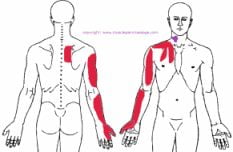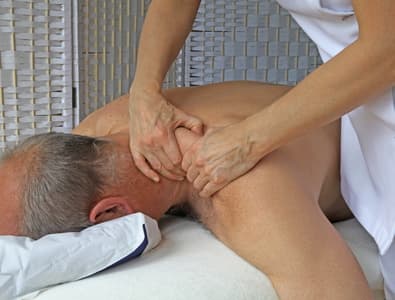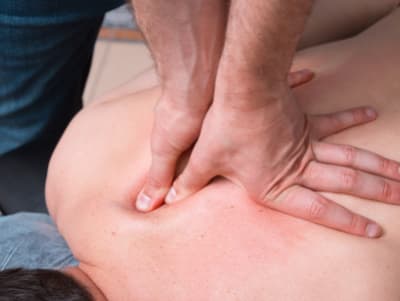Adelaide - Pasadena 5042

What is Referred Pain?

An example of puzzling referred pain comes from a muscle group in front of the neck called "scalenes": these muscles usually don’t hurt by themselves, but can refer pain to the chest, arm, hand, fingers, neck and upper back.
When these muscles are shortened by trigger points, they produce pain as they squeeze nerves, blood vessels and lymphatic ducts.
Referred pain is mysterious because the source is not usually easy to locate. If our doctor tells us that he / she can’t find anything wrong with us at that spot where it hurts, we start feeling helpless and frustrated.
Referred pain is pain whose source is not in that spot where we feel the pain. Most people have heard of or experienced some medical conditions which are caused by referred pain.
In fact most internal organs refer pain to other parts of the body. A classical example is referred pain experienced during a heart attack. It might not only hurt in your chest, but also in your left arm, jaw or neck.
Referred pain from muscles
The largest internal organ of the body is the muscular system. Muscle pain is mostly referred pain which comes from small contraction knots in the muscles. These are called trigger points.
A trigger point is felt as a sore spot in your muscles,and can be very sensitive to pressure. If you press on one, this often temporarily relieves the pain.
But in spite of this temporary relief, it doesn’t disappear fully. This is due to the phenomenon of referred pain: at least part of the problem (if not all) comes from another trigger point and sometimes even from several other trigger points in the same or other muscles.
Pain and surgery
It can happen that pain referred from an internal organ leads to the formation of a muscular trigger point in the region where the pain is felt. After the organ has recovered or been removed by surgery you can sometimes still feel the same pain - only now it comes solely from a trigger point.
Another scenario is when you might have felt pain in a joint, and an x-ray confirmed a problem there. Consequently the problem gets corrected by surgery, but afterwards you still feel the same pain (although it might have lessened in intensity). This can happen when trigger points refer pain to a joint.
It is always wise to check out the possibility that your pain might be coming from trigger points before you resort to an operation which might not be necessary. Even if part of the pain comes from a joint, it could be reduced substantially by trigger point therapy.
Examples are surgeries for a "slipped disk", ligament injuries, deterioration of joint cartilage, carpal-tunnel-syndrome, adhesive capsulitis, heel spurs, plantar fasciitis and many others.




purple: trigger points in front neck muscles